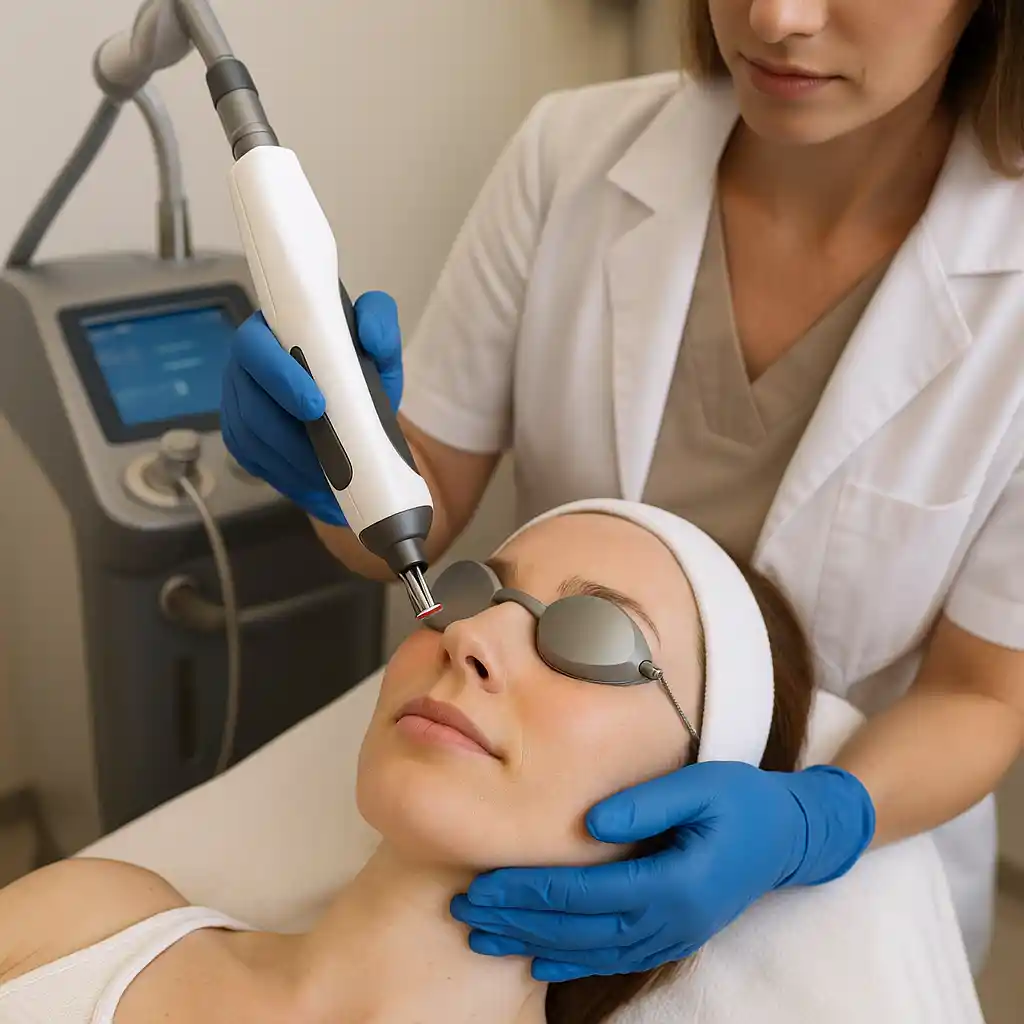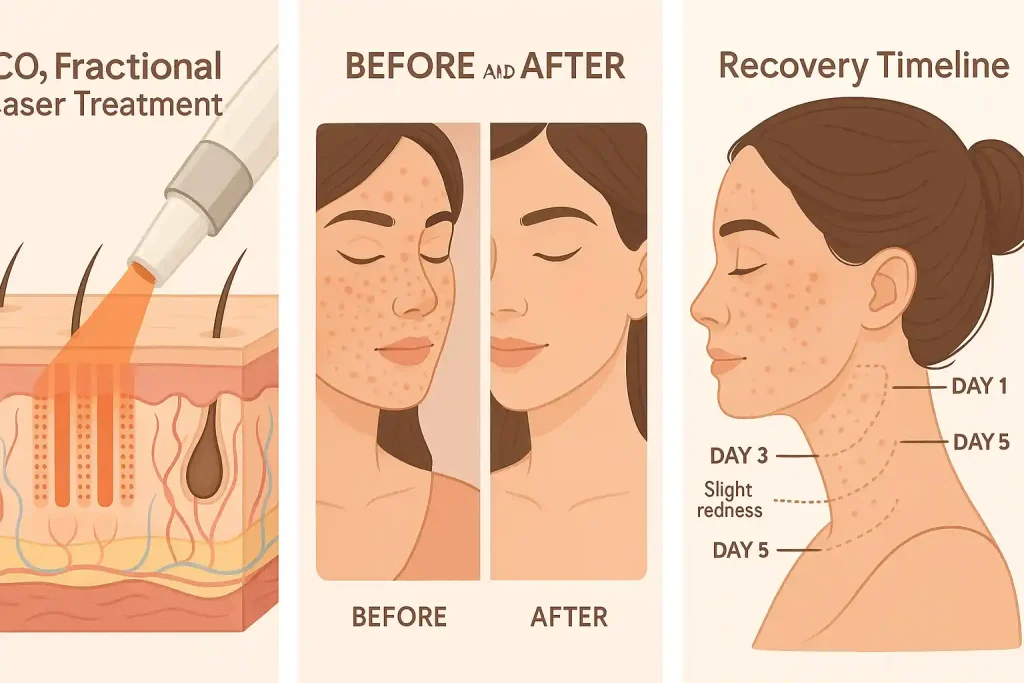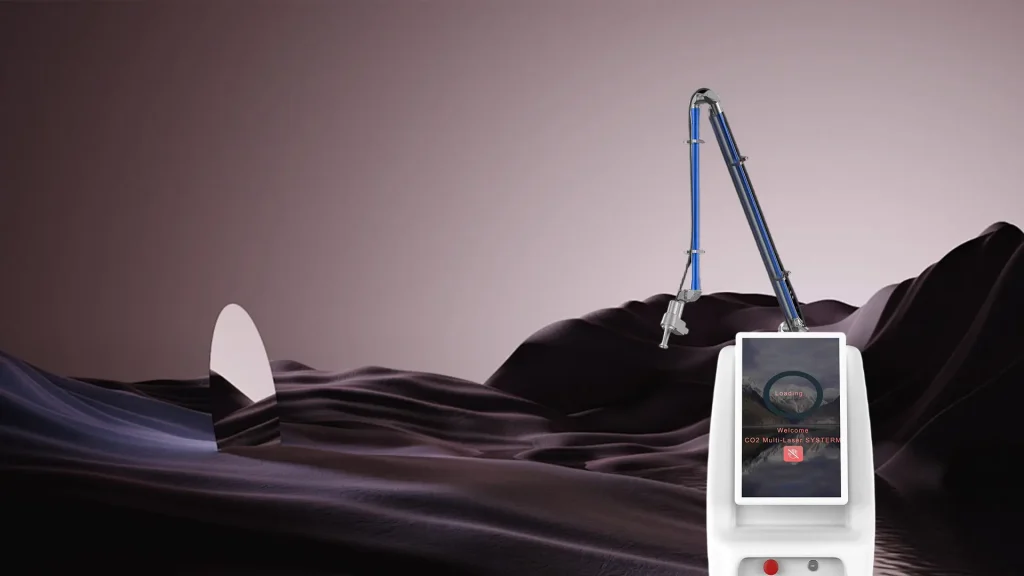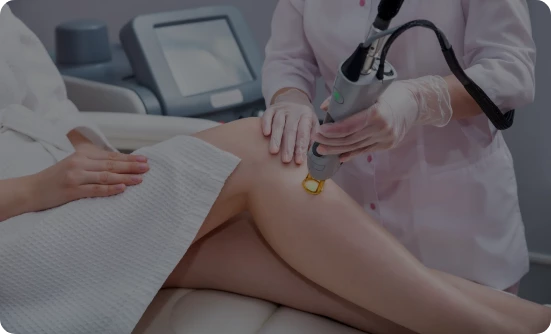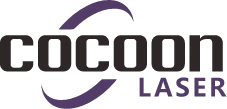The Science Behind Radio Frequency (RF) Aesthetic Technology: A Comprehensive Insight
The Science Behind Radio Frequency (RF) Aesthetic Technology: A Comprehensive Insight
As the demand for non-invasive skin rejuvenation grows, Radio Frequency (RF) technology has emerged as a cornerstone of modern aesthetic medicine. Combining safety, versatility, and clinically proven efficacy, RF has become a go-to solution for practitioners and patients seeking effective skin tightening, contouring, and anti-aging treatments—without surgical intervention.
In this in-depth guide, we explore the mechanism, benefits, limitations, and market landscape of RF technology to help both consumers and professionals make informed decisions.
📘 What Is Radio Frequency (RF) Technology in Aesthetics?
At its core, RF technology utilizes electromagnetic waves in the 0.3 to 10 MHz frequency range to generate thermal energy within the skin’s deeper layers—primarily the dermis and subcutaneous tissue. By elevating tissue temperature to approximately 40–45°C, RF induces controlled thermal injury, which triggers fibroblast stimulation, neocollagenesis, and tissue contraction.
Importantly, RF devices bypass the epidermis entirely, minimizing the risk of pigment alteration or surface damage.
📌 Key Mechanism: Volumetric heating of the dermis → collagen denaturation → fibroblast activation → collagen remodeling & elastin synthesis
✅ Clinical Applications of RF in Aesthetic Medicine
RF technology is used across a range of face and body treatments, including:
- Facial skin tightening (jawline, nasolabial folds, eyelids)
- Cellulite reduction and body contouring
- Postpartum abdominal skin laxity
- Scar and stretch mark remodeling
- Combination therapies (e.g., RF + microneedling, RF + ultrasound)
Its versatility makes it a mainstay in dermatology clinics, medspas, and even at-home device markets.
🧪 Comparative Advantages of RF Technology
| Feature | RF Technology | Competitor Technologies |
|---|---|---|
| Skin Type Compatibility | Safe for all Fitzpatrick types | Laser may pose risk for types IV–VI |
| Downtime | Minimal to none | HIFU may cause soreness; laser can involve redness/peeling |
| Target Depth | Dermis / Subcutis | HIFU targets deeper SMAS layer |
| Thermal Control | Precise temperature monitoring | Varies by device |
| Comfort | Generally well-tolerated | Some ablative lasers can be painful |
Strengths:
- Proven collagen remodeling without skin ablation
- Broad treatment indications (face, neck, body)
- High patient satisfaction with subtle, natural improvements
Limitations:
- Requires multiple sessions for optimal results
- Results are progressive, not immediate
- Less effective for severe ptosis or deep wrinkles (surgical lifting may be required)
🏆 Leading RF Technologies & Brands on the Global Market
The RF device market is highly competitive, with several FDA-cleared and CE-marked systems setting industry standards. Below are the most notable platforms:
| Device | Manufacturer | RF Type | Distinctive Features |
|---|---|---|---|
| Thermage FLX | Solta Medical (US) | Monopolar | Real-time temperature monitoring, deep tissue tightening |
| Venus Legacy | Venus Concept (Canada) | Multipolar + PEMF | Used for cellulite, body contouring, facial RF |
| Exilis Ultra 360 | BTL Aesthetics (Czech Republic) | RF + Ultrasound | Adjustable depth targeting, dual energy synergy |
| Morpheus8 | InMode (US) | Fractional RF Microneedling | Deep RF delivery (up to 4mm), skin resurfacing |
| Accent Prime | Alma Lasers (Israel) | Unipolar + Bipolar | Dual-mode system for face & body sculpting |
Each device has different depth capabilities, energy control, and applicator designs tailored to specific anatomical regions and clinical objectives.
💡 Common Questions About RF Treatments (With Informed Answers)
Q1: How does RF differ from laser or HIFU treatments?
A: RF works through thermal energy, while lasers use light and HIFU uses focused ultrasound. RF targets the dermis with volumetric heating, while HIFU goes deeper (SMAS layer) and lasers remain more superficial (epidermis/dermis interface).
Q2: How long do RF results last?
A: Typically, 6 to 18 months, depending on age, skin condition, and lifestyle. Maintenance sessions every 6–12 months are often recommended.
Q3: Is RF safe for dark skin tones?
A: Yes. Since RF does not rely on melanin absorption, it’s considered safe for all Fitzpatrick skin types, unlike some laser modalities.
Q4: Is there scientific evidence supporting RF efficacy?
A: Multiple peer-reviewed studies confirm its benefits. A 2019 review in Journal of Clinical and Aesthetic Dermatology cited significant skin tightening and collagen stimulation with consistent RF use.
Q5: Can RF treatments be combined with others?
A: Yes. Synergistic combinations like RF + microneedling, RF + LED, or RF + fillers are becoming increasingly popular in advanced treatment protocols.
📈 RF Market Trends and Consumer Insights
- The global RF aesthetic device market is expected to surpass $2.5 billion by 2028, driven by demand for non-invasive, low-downtime procedures.
- The rise of home-use RF devices (e.g., Tripollar STOP, NuFACE Trinity) is expanding consumer access.
- Clinicians are integrating RF into multi-modality treatment packages to enhance value and outcomes.
✍️ Conclusion: Is RF Worth It?
Radio Frequency is not a silver bullet, but when used by skilled practitioners, it is a powerful, clinically backed tool for subtle yet significant rejuvenation. Whether you’re treating mild laxity or adding dimension to an anti-aging protocol, RF is an elegant solution with a proven safety profile and real results.
📩 Ready to Explore RF Treatments?
Contact our clinic today for a personalized consultation, or check out our blog on HIFU vs RF to compare technologies!


